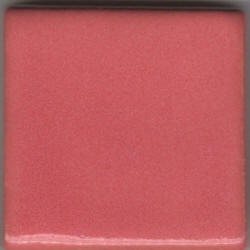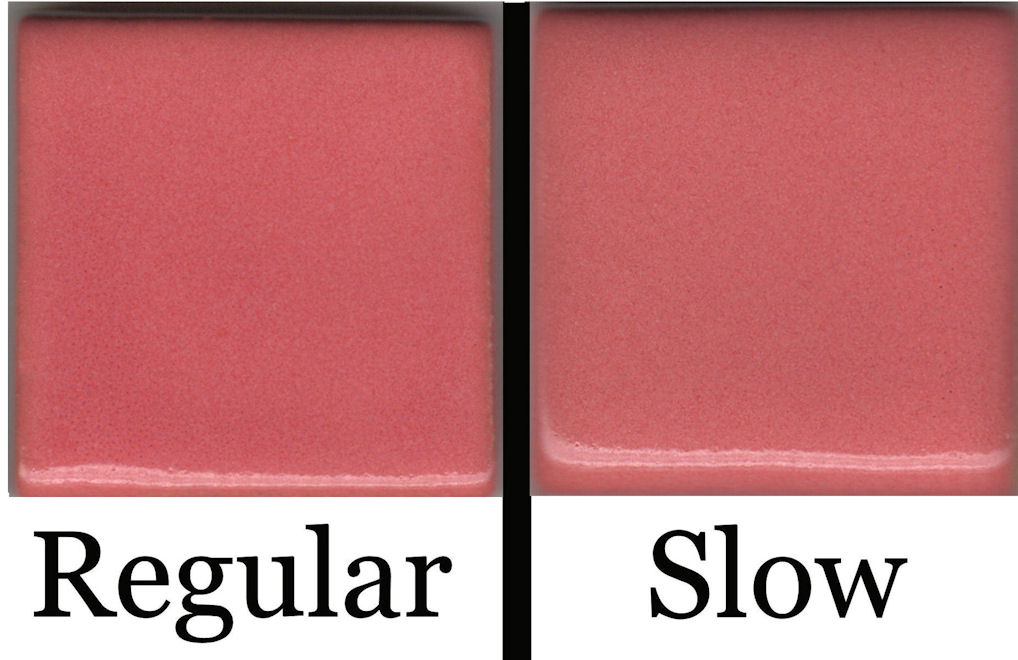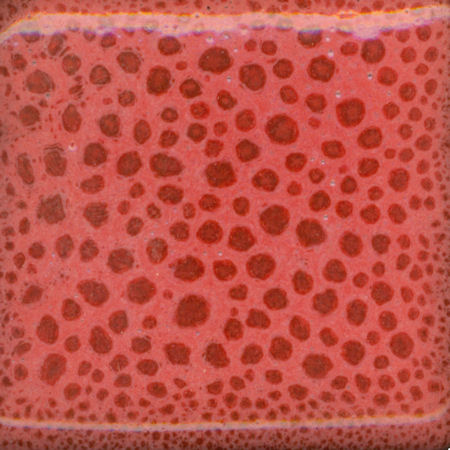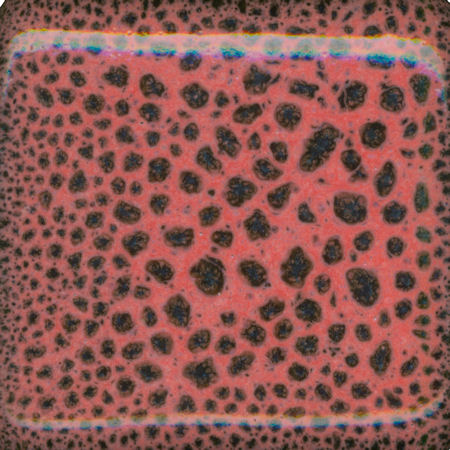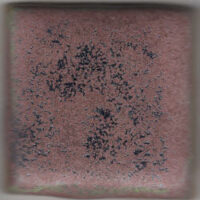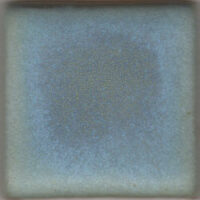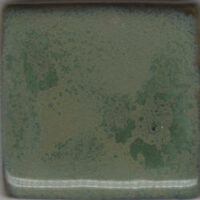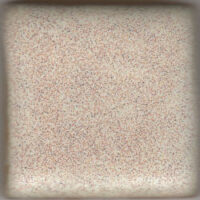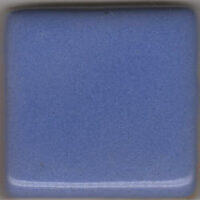Texas Rose is een mooie roodachtige roze, met een interessante tekening aan de oppervlakte die alleen van dichtbij te zien is. Het is ook een Texas Two Step Overcoat, die kan worden gelaagd met Licorice, Coffee Bean, of Brick Red om een olievlekeffect te creëren.
De Texas Two-Step Oilspots zijn een gespecialiseerde serie die gebruik maken van paren van glazuren om unieke effecten te creëren. Overal waar één van de vijf overcoats bovenop Licorice, Coffe Bean of Brick Red wordt gelegd, zal tijdens het bakken een prachtig gevlekt patroon verschijnen. Dikkere toepassingen leiden tot grotere vlekken. Probeer na de eerste laag wax te gebruiken om negatieve ruimteontwerpen te creëren.
Texas Rose is a lovely reddish pink, with an interesting mottling to the surface that can only be seen up close. It is also a Texas Two Step Overcoat, which can be layered with Licorice, Coffee Bean, or Brick Red to produce an oilspot effect.
The Texas Two-Step Oilspots are a specialized series that use pairs of glazes to create unique effects. Anywhere that one of the five overcoats is laid on top of Licorice, Coffee Bean, or Brick Red, a stunning spotted pattern will appear during firing. Thicker applications lead to bigger spots. Try using wax resist after the first layer to create negative space designs.
| Fired |
| Every kiln and firing is different. It is best to use witness cones in every firing.
Coyote glazes are designed to be fired between witness cone 5 and witness cone 6. Cone readings are a combintation of time and temperature, and do not correspond directly to any specific temp in degrees. Most digitally controlled kilns have a pre-programmed cone fire setting that will allow you to reach the proper temperature with minimal fussing (we use a cone 5, fast, with 30 minute hold.) For manual (sitter) kilns we recommend using a 6 cone. Thermocouples and other electronic measuring devices are prone to error and degrade over time. The only way to be certain that your kiln is firing to the right temperature is to use witness cones every time you fire your kiln. |
| Test all foodware to determine food safety. |

